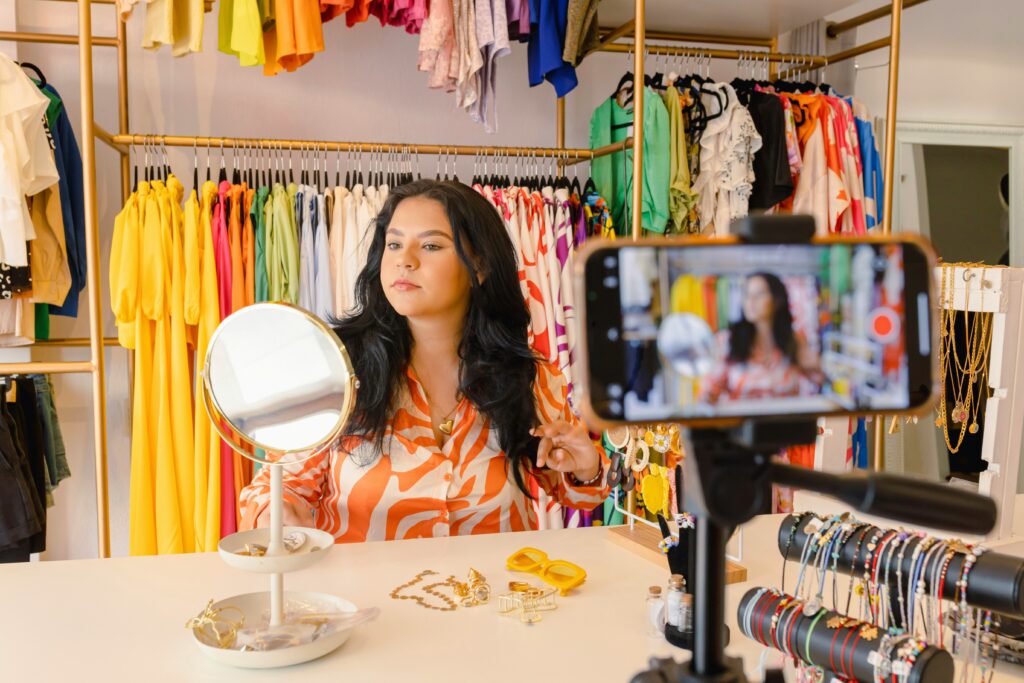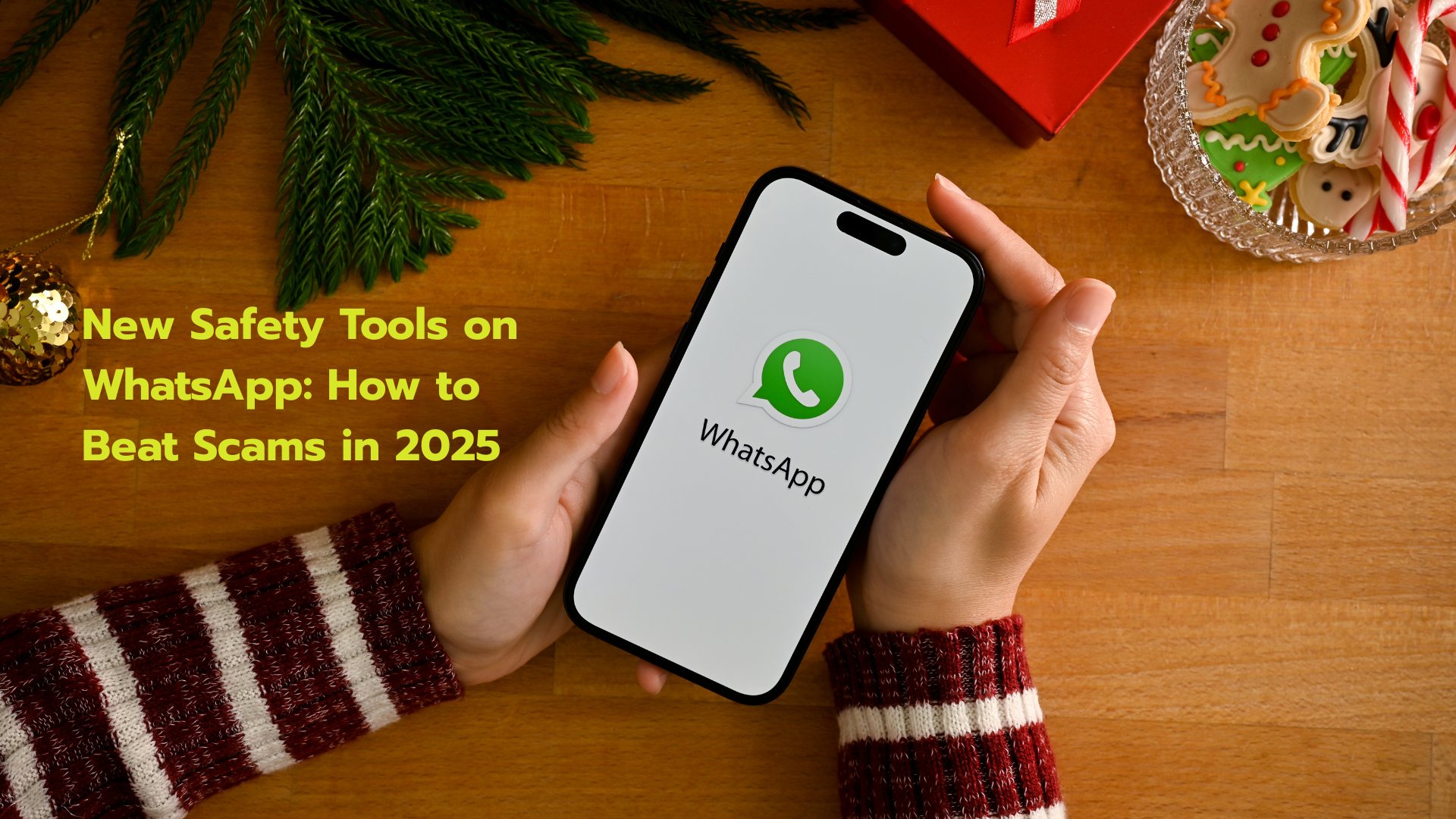Influencer marketing is a hot topic in digital marketing, generating both buzz and skepticism. Brands and agencies frequently ponder a critical question: Is influencer marketing truly worth the investment, or another overhyped trend? As we step further into 2025, the numbers tell a clear story.
The global influencer marketing spend is projected to soar $32-33 billion in 2025.
Breaking Down ROI: Influencer Marketing by the Numbers
Let’s start with the data. According to Influencer Marketing Hub’s 2024 benchmark report:
- Businesses earn an average of $5.78 for every $1 spent on influencer marketing.
- 65% of marketers plan to increase their influencer marketing budgets in 2025.
- 90% of surveyed brands say influencer marketing delivers ROI comparable to or better than other channels.
These figures aren’t marketing fluff. They represent a significant shift in how performance is evaluated. With influencer marketing ROI in 2025 being more measurable and outcome-driven, brands are seeing real returns.
Top Metrics to Track for Influencer Campaign Success
To understand whether your influencer campaign is worth the investment, it’s important to know what success looks like. Here are the metrics that agencies and brands prioritize in 2025:
- Engagement Rate: For instance, micro-influencers (10K-100K followers) often have impressive engagement rates of 4-6%, a clear indicator of a highly involved community.
- Conversion Rate: Industry benchmarks for good conversion ranges from 2-5%
- Return on Ad Spend (RoAS): A healthy RoAS often sits at 3:1, meaning for every $1 invested, you generated $3 in revenue.
- Cost Per Acquisition (CPA): This allows agencies to compare the efficiency of influencer marketing against other acquisition channels.
- Website Traffic / App Downloads: Utilizing unique UTM parameters on links is crucial for precise tracking.
Benchmark ROI Figures for Influencer Campaigns in 2025
|
Industry
|
Avg. ROI (per $1 spent)
|
Influencer Type Performing Best
|
|---|---|---|
|
Fashion & Beauty
|
$6.50
|
Micro-Influencers
|
|
Fintech
|
$4.20
|
Niche Influencers
|
|
Travel
|
$5.80
|
Lifestyle Vloggers
|
|
Health & Fitness
|
$7.10
|
Fitness Coaches & Experts
|
The results vary based on campaign objectives, targeting, and content format.
How Influencer Agencies Measure Campaign Effectiveness
Agencies that focus on measurable outcomes rather than just reach are the leaders. These are what sets them apart:
Advanced Analytics Dashboards: For real-time data on engagement, reach, and conversions for quick optimization.
AI-Driven Platforms: For influencer discovery, vetting, predictive analytics, and audience insights.

Attribution Models: Multi-touch attribution models assess influencer contribution at various customer journey stages.
Post-Campaign Analysis and Reporting: Comprehensive reports offer actionable insights for future campaigns.
Integration with CRM and Sales Data: Integrates influencer data with CRM to track LTV of influencer-acquired customers and assess long-term ROI.
Comparing Influencer Marketing to Traditional Ad Spend
For decades, traditional advertising (TV, print, radio, billboards, and even early digital banner ads) dominated marketing budgets. However, the digital age has fundamentally altered consumer receptiveness.
- 92% of consumers trust recommendations from individuals over brands themselves.
- Influencer-generated content can be repurposed for paid media. They often yield higher CTRs than brand-produced ads, thus increasing initial ROI.
- Influencer marketing offers SMEs a cost-effective, targeted reach compared to expensive traditional advertising, avoiding high production and media slot costs.
While a display ad might offer broad impressions, an influencer reel in Arabic with a clear CTA can drive localized conversions in Riyadh or Jeddah far more effectively.
The Cost of Not Investing in Influencer Marketing
What happens if a brand decides to sit out on influencer marketing? In today’s landscape, it’s not merely a missed opportunity; it’s a growing competitive disadvantage.

Brands that hesitate may face:
- Reduced relevance on social platforms
- Higher customer acquisition costs through traditional channels
- Lower engagement and brand affinity among Gen Z and Millennials
Conclusion
So, is influencer marketing worth the investment in 2025? The answer from the data is a definitive yes. It’s no longer just a “nice-to-have” tactic but crucial. The investment is demonstrably worthwhile. It often outperforms traditional advertising channels in terms of engagement and conversion.

Is your brand ready to unlock the proven ROI of influencer marketing? Connect with us today to build a data-driven influencer strategy designed for real results in 2025
Related Read: Micro Influencers vs. Macro Influencers in 2025



